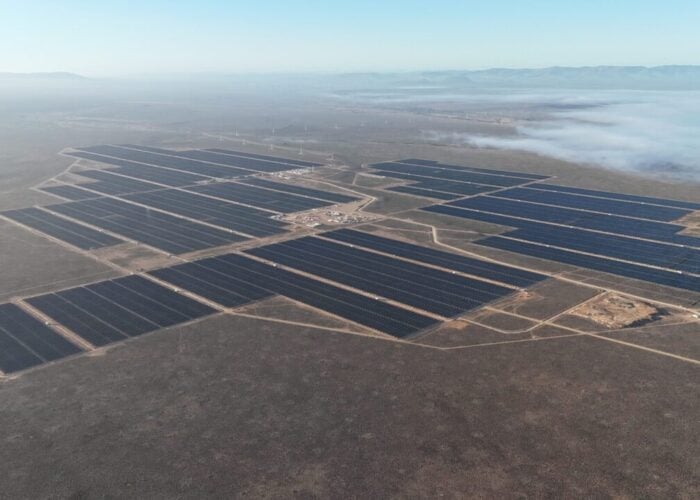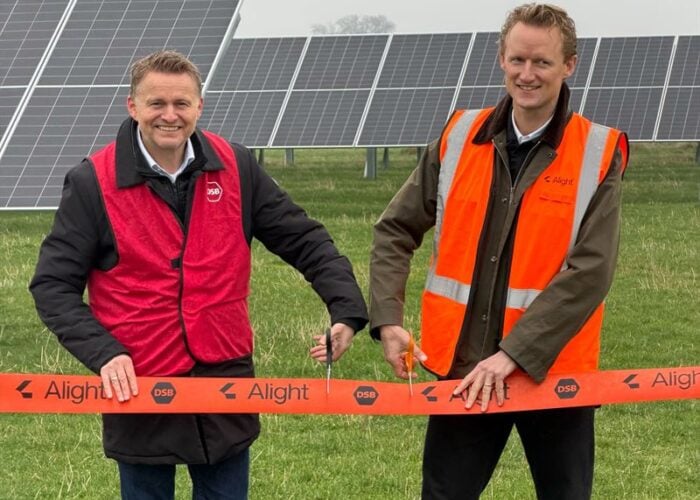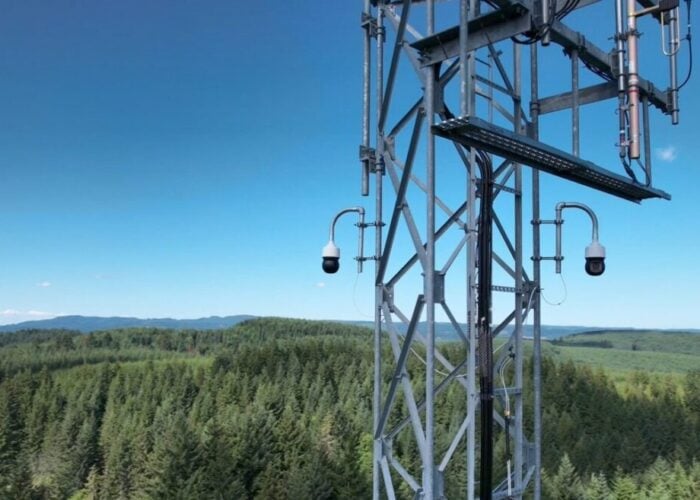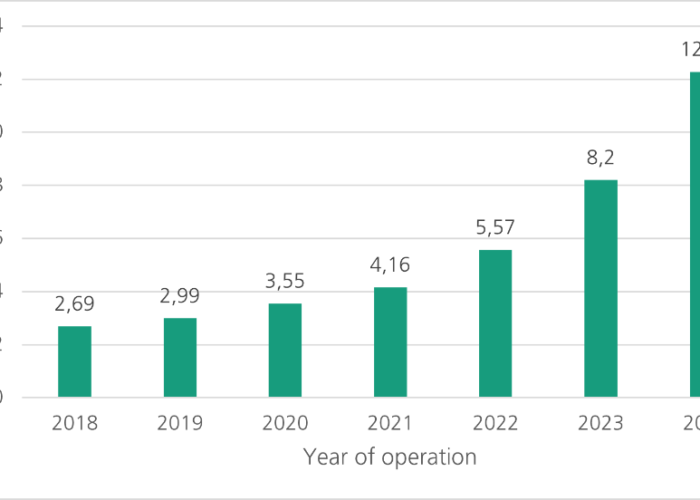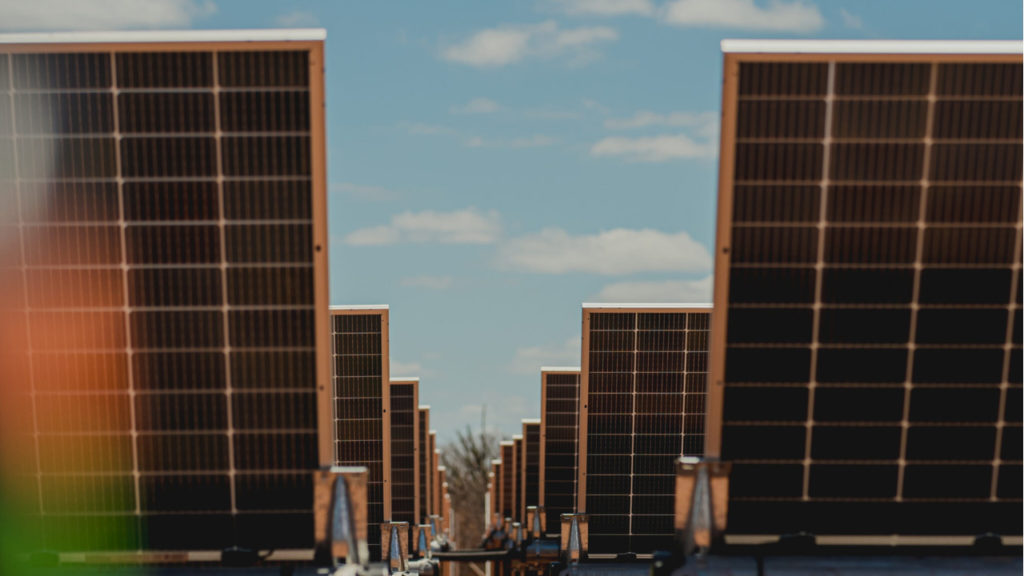
Norwegian independent power producer (IPP) Scatec posted development and construction (D&C) revenues of NOK1,760 million (US$175.1 million) in the third quarter of this year, the first time this has exceeded revenues from its power production segment since the third quarter of 2023.
This marks the third consecutive quarter in which D&C revenues have increased quarter-on-quarter, and in which power production revenues have decreased quarter-on-quarter. The company’s latest results highlighted its focus on deleveraging—selling assets in order to reduce debt—and this has contributed to a downturn in the profitability of its remaining assets.
Try Premium for just $1
- Full premium access for the first month at only $1
- Converts to an annual rate after 30 days unless cancelled
- Cancel anytime during the trial period
Premium Benefits
- Expert industry analysis and interviews
- Digital access to PV Tech Power journal
- Exclusive event discounts
Or get the full Premium subscription right away
Or continue reading this article for free
This strategy has been effective in the short-term, with gross corporate debt falling by close to NOK1 billion in the third quarter. CEO Terje Pilskog said in his comments that the company is “ahead” of its 2027 targets, both in terms of revenue growth and debt repayments; the graph below shows how the third quarter saw the group’s highest revenues since 2023.
However, this is not to say that the company has completely sought to divest from its operational assets. Scatec’s electricity generation has actually increased quarter-on-quarter, from 940GWh in the second quarter of this year to 1,202GWh in the third quarter, suggesting that the decline in profits from power generation is not tied to a decline in power generation itself.
Scatec suggested that some of these struggles are tied to the Brazilian energy grid, where the company operates the 531MW Mendubim solar plant. While 60% of the project’s output is accounted for with a power purchase agreement (PPA) with leading aluminium supplier Alunorte, the remainder of the electricity generated has been sold on the open market, and exposed to dramatic curtailment across the Brazilian grid.
A report from Wood Mackenzie found that a lack of grid and storage capacity in Brazil will trigger a 300% increase in renewable energy curtailment in Brazil by 2025, which Scatec said has translated to “uncompensated curtailments combined with low merchant prices” at the Mendubim plant. In addition to impeding the output of the project, this has caused Scatec to recognise an impairment loss of NOK130 million on its share in the project, corresponding to around one-quarter of its investment in the project.
In other markets, things were more positive. The graph below shows the various stages of the company’s solar and storage pipeline across the countries in which it is active; as was the case in the second quarter, Egypt has the largest project pipeline, but South Africa is closing the gap, with the start of construction at the 103MW Mogobe storage project in South Africa.
Storage, more broadly, is becoming an increasingly significant part of the company’s portfolio, with storage investments in Egypt, South Africa and the Philippines. The latter is notable as the company has no solar projects in the Philippines in the pipeline, instead investing exclusively in hydropower and storage.
Looking ahead, the company now expects its full-year power production to fall between 4.1-4.2TWh, a refinement of the 4-4.3TWh predicted in the previous quarter, and still a shade below the 4.1-4.5TWh forecast back in the first quarter of the year. Scatec has also revised upwards its end-of-year earnings forecast by NOK50 million to a midpoint of NOK4.35 billion.


